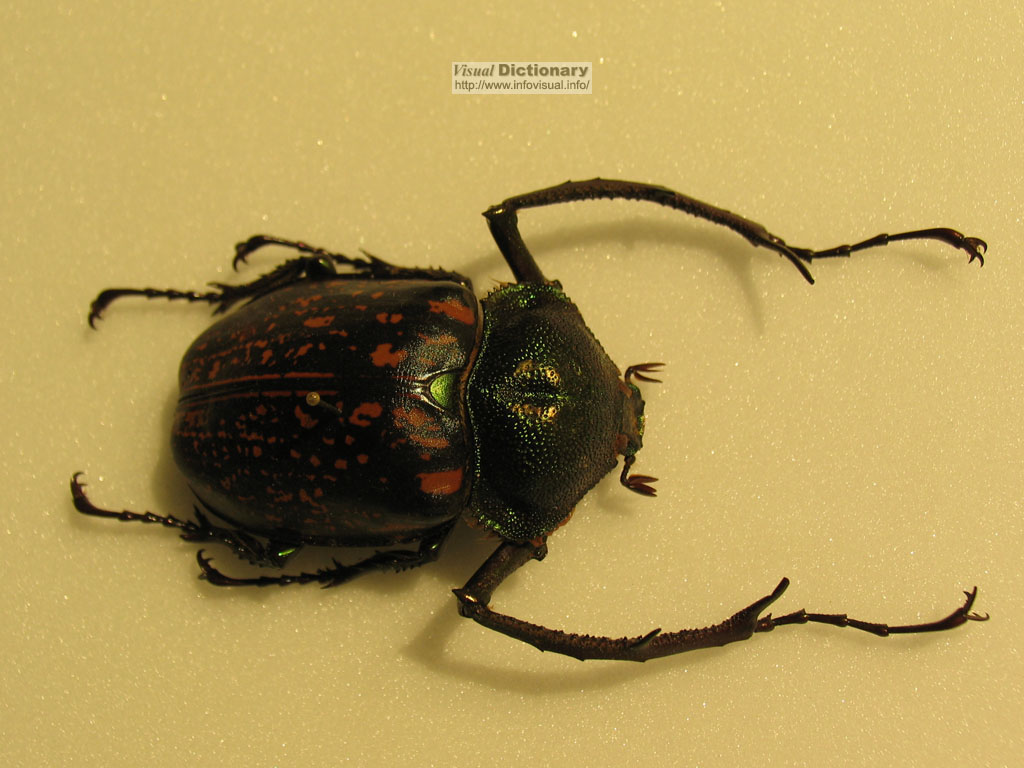Photo
Beetle

Beetles are the group of insects with the largest number of known species. They are placed in the order Coleoptera, which contains more described species than in any other order in the animal kingdom, constituting about 25% of all known life-forms. 40% of all described insect species are beetles (about 350,000 species), and new species are frequently discovered. Estimates put the total number of species, described and undescribed, at between 5 and 8 million. Beetles can be found in almost all habitats, but are not known to occur in the sea or in the polar regions. They interact with their ecosystems in several ways. They often feed on plants and fungi, break down animal and plant debris, and eat other invertebrates. Some species are prey of various animals including birds and mammals. Certain species are agricultural pests, such as the Colorado potato beetle Leptinotarsa decemlineata, the boll weevil Anthonomus grandis, the red flour beetle Tribolium castaneum, and the mungbean or cowpea beetle Callosobruchus maculatus, while other species of beetles are important controls of agricultural pests. For example, beetles in the family Coccinellidae consume aphids, scale insects, thrips, and other plant-sucking insects that damage crops.
Other characters of this group which are believed to be monophyletic include a holometabolous life cycle; having a prothorax that is distinct from and freely articulating with the mesothorax; the meso- and meta-thoracic segments fusing to form a pterothorax; a depressed body shape with the legs on the ventral surface; the coxae of legs recessed into cavities formed by heavily sclerotized thoracic sclerites; the abdominal sternites more sclerotized than the tergites; antennae with 11 or fewer segments; and terminal genitalic appendages retracted into the abdomen and invisible at rest. The general anatomy of beetles is quite uniform, although specific organs and appendages may vary greatly in appearance and function between the many families in the order. Like all insects, beetles' bodies are divided into three sections: the head, the thorax, and the abdomen. When viewed from below, the thorax is that part from which all three pairs of legs and both pairs of wings arise. The abdomen is everything posterior to the thorax. When viewed from above, most beetles appear to have three clear sections, but this is deceptive: on the beetle's upper surface, the middle "section" is a hard plate called the pronotum, which is only the front part of the thorax; the back part of the thorax is concealed by the beetle's wings. Like arthropod, beetles are segmented organisms, and all three of the major sections of the body are themselves composed of several further segments, although these are not always readily discernible. This further segmentation is usually best seen on the abdomen.